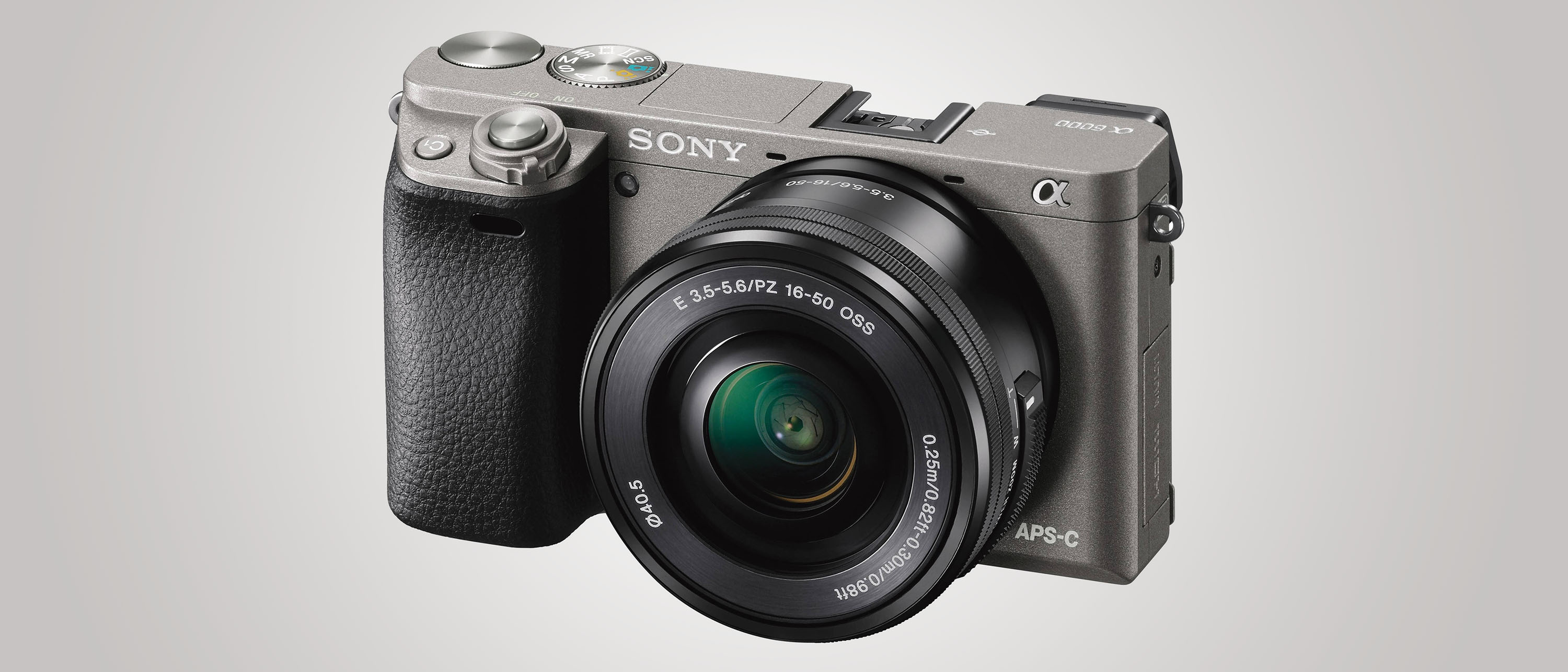Why you can trust TechRadar
Taking a look at the A6000 there are a lot of similarities between it and the NEX-6 which it sort of replaces.
Those photographers which appreciate a lot of dedicated dials and buttons will probably enjoy using a camera like the A6000 which has plenty of these available.
The grip of the A6000 is ever so slightly more pronounced than on the NEX-6, making it easier to hold, especially when using the camera one-handed. There's also a nice texture to the camera, which helps with getting a good grip on it, as well as lending it an air of quality.

Where the NEX-6 had two stacked dials on top of the camera – one for changing the shooting mode (such as aperture priority, fully automatic or fully manual mode) and another for setting the aperture or shutter speed – depending on the mode you were shooting in, the A6000 has two dials next to each other on the top of the camera. While this takes up more room overall, it makes the experience of shooting easier and less prone to making accidental settings changes. The second dial (shutter speed or aperture) is very easily reachable by the thumb, which is handy for making quick changes.

As with most other Sony cameras of late, most of the buttons on the a6000 are customisable. Sony knows that users like to set for themselves their most commonly used settings, so it's nice to see that brought across here too. There's also a type of quick menu available by pressing the function button – again everything that appears in this menu can be swapped out for something you find you use more often.
A small custom button can be found on the top of the camera, useful if you want quick access to one particular setting often, such as wireless settings.

It's something we keep repeating, but we continue to be baffled by Sony's decision not to include touchscreens on some of its CSCs, especially given it definitely has the technology elsewhere in the portfolio. It seems especially odd not to use one here on the A6000, when the lower specced and cheaper NEX-5R does use one. Including a touchscreen would make it extremely quick and easy to set autofocus points and to navigate through menus, but perhaps the company believes that more experienced photographers are not in favour of touch-sensitive devices.
Setting the autofocus point on this camera is something which would be speedier with a touchscreen, but is not too bad if you set the right custom buttons. To make things quicker, I set the Focus Area to flexible spot. From here, you simply need to press the button in the centre of the scrolling dial on the back of the camera to bring up the focus point selection option. You can then use the directional keys to move around the screen. It's worth noting that this is the default option for the central button when flexible spot is selected - if you've got it set to anything else, it won't work in the same manner.

The menu, having been made uniform to other Sony cameras, is much easier to navigate, with a sensible arrangement into different tabs for camera settings, custom settings, wireless settings, playback settings and other general settings, such as date and time.
While viewing an image in playback, the Fn button becomes a dedicated Wi-Fi button allowing you to share images with your smartphone or tablet. You can either select a single image, all images or multiple images. Once you've set up the Wi-Fi connection with your phone or tablet once, you won't need to enter a password again and it's a reasonably quick process. If you have an NFC enabled device it's quicker still, as all you'll need to do is tap the two devices together to create a connection.
Amy has been writing about cameras, photography and associated tech since 2009. Amy was once part of the photography testing team for Future Publishing working across TechRadar, Digital Camera, PhotoPlus, N Photo and Photography Week. For her photography, she has won awards and has been exhibited. She often partakes in unusual projects - including one intense year where she used a different camera every single day. Amy is currently the Features Editor at Amateur Photographer magazine, and in her increasingly little spare time works across a number of high-profile publications including Wired, Stuff, Digital Camera World, Expert Reviews, and just a little off-tangent, PetsRadar.

